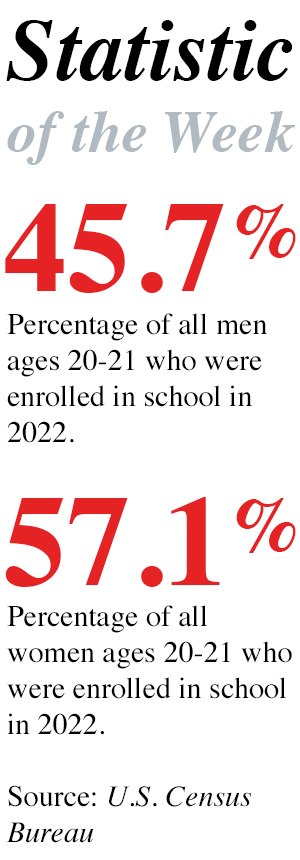The Gender Gap in Mathematics Is Greatest in Affluent, Predominantly White School Districts
Posted on Jun 27, 2018 | Comments 0
 A new study by researchers at the Center for Educational Policy Analysis at Stanford University examines the gender gap in academic achievement by looking at the results of 260 million standardized tests scores in nearly 10,000 school districts nationwide. The study tracked academic performance for third through eighth grade students in the 2008-09 through 2014-15 school years.
A new study by researchers at the Center for Educational Policy Analysis at Stanford University examines the gender gap in academic achievement by looking at the results of 260 million standardized tests scores in nearly 10,000 school districts nationwide. The study tracked academic performance for third through eighth grade students in the 2008-09 through 2014-15 school years.
The study found that nationwide the average school district had no gender achievement gap in math. This is encouraging news because historically boys had scored higher than girls in mathematics assessments. The study also found a gap of roughly 0.23 standard deviations in English and language arts that favored girls. This equates to two-thirds of a grade level better performance by girls, according to the authors.
But when the data is broken down by the socioeconomic status of families in particular school districts, it shows that in high income areas, the mathematics gender gap persists in favor of boys. But in low-income areas with large groups of students from underrepresented groups, girls outperform boys in both mathematics and English and language arts.
Nationwide the overall gender gap in mathematics has been eliminated, but it persists in favor of boys in affluent White areas and in favor of girls in low-income districts with large number of Black and Hispanic students.
So why does the gender gap persist in mathematics in affluent, predominantly White communities? According to the authors, “one possibility is that parents in affluent and highly educated communities invest more time and resources in their sons’ educations than their daughters’, and that these investments either are directed toward or particularly affect male students’ math skills. Another possibility is that local gender stereotypes, norms, and expectations are correlated with socioeconomic conditions and may lead to male and female students receiving different educational opportunities or internalizing different beliefs about their capacity or roles.”
The study, “Gender Achievement Gaps in U.S. School Districts,” may be downloaded by clicking here.
Filed Under: Gender Gap • Research/Study








